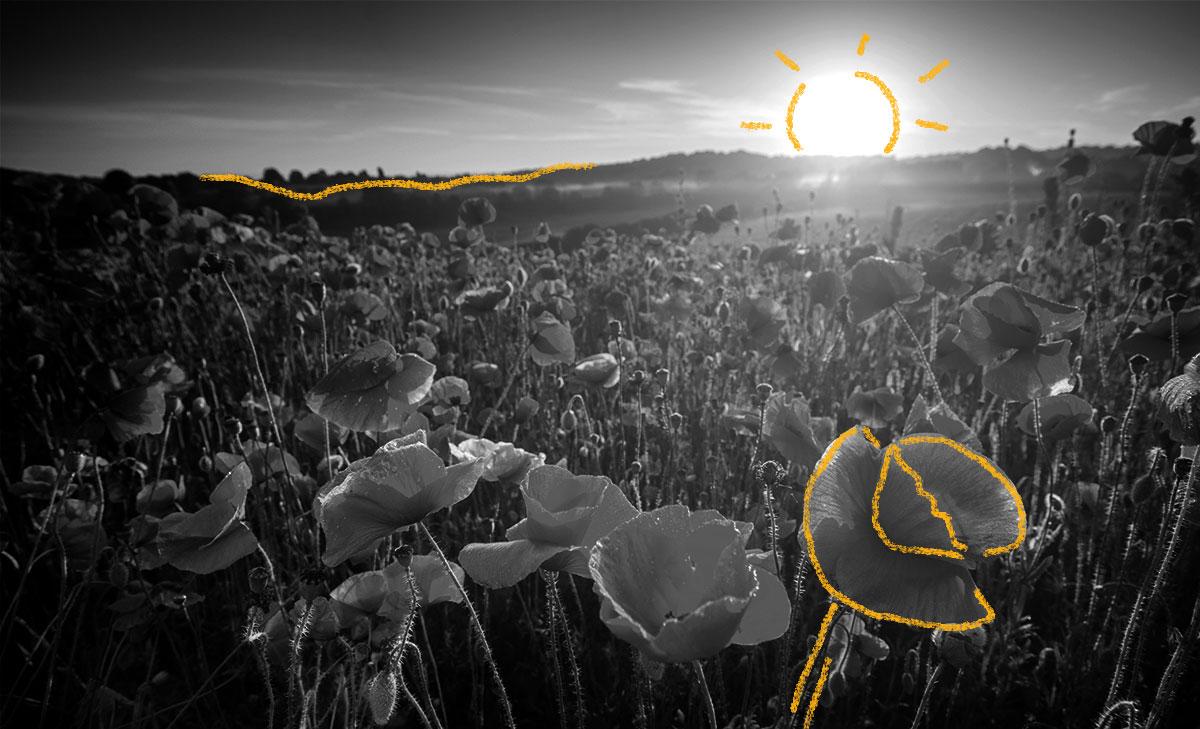The Summer Solstice marks the longest day and shortest night of the year. In the Northern Hemisphere in 2021, the Summer Solstice takes place on June 20th. In ancient times, celebrating it had a practical purpose: Neolithic humans may have observed the Summer Solstice as a marker to help them know when to plant and harvest crops, while Ancient Egyptians may have used it to help predict annual flooding due to the rise of the Nile River. Interestingly, Stonehenge is aligned with the direction of the sunrise on the Summer Solstice. In pre-Christian Europe, pagan groups celebrated Midsummer (the Solstice) with bonfires. Magic was also thought to be strongest at the time of the Summer Solstice. Many other cultures also celebrated the Summer Solstice. For example, Native American tribes celebrated with their own rituals, some of which are still practiced. In fact, the Summer Solstice is still celebrated by many people today. From Maypoles in Scandinavia to gatherings at Stonehenge, the day is commemorated in many parts of the world. It’s also considered the official start of the summer season.

Your go-to guide for weird history facts
Subscribe to the FREE daily email that makes learning about history fun.


